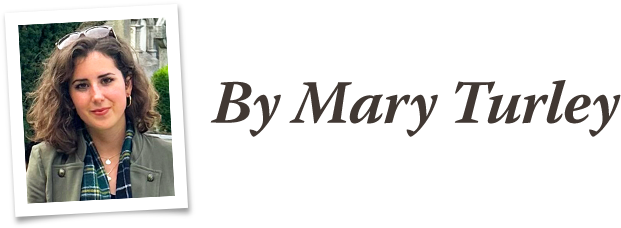
“Thy word is a lantern unto my feet, and a light unto my paths—let it shine forth, O Lord, against all darkness!”
—Psalm 119:105 from the Coverdale Bible
Myles Coverdale Publishes the First Complete English Bible, October 4, 1535
 early five centuries ago, English Reformer Myles Coverdale achieved a monumental feat in Christian history when his complete English Bible was published on October 4, 1535 in Antwerp, Belgium. Drawing heavily from the pioneering work of William Tyndale—whose martyrdom the following year would seal his legacy—Coverdale sought, with his own translation, to bridge the gap between scholarly precision and accessible devotion, and being so driven, compiled the first complete Bible to be printed in the English tongue. early five centuries ago, English Reformer Myles Coverdale achieved a monumental feat in Christian history when his complete English Bible was published on October 4, 1535 in Antwerp, Belgium. Drawing heavily from the pioneering work of William Tyndale—whose martyrdom the following year would seal his legacy—Coverdale sought, with his own translation, to bridge the gap between scholarly precision and accessible devotion, and being so driven, compiled the first complete Bible to be printed in the English tongue.

Myles Coverdale (c. 1488-1569)
In an era when the Catholic Church guarded Latin scriptures as a clerical prerogative, Coverdale’s endeavor boldly asserted the Protestant conviction that all believers should encounter Scripture directly and seek to know the one true God intimately. Coverdale mourned the mounting decadence of his culture and diagnosed it as being deficient in Biblical literacy. He said:
“For as soon as the Bible was cast aside, and no more put in exercise, then began every one of his own head to write whatsoever came into his brain and that seemed to be good in his own eyes; and so grew the darkness of men’s traditions.”

A plaque on The Minster Shop at York Minster in York, England
commemorating the life and work of Myles Coverdale
A dedicated scholar, preacher, and translator, Coverdale had been an Augustinian priest before turning to the Reformed persuasion. Born around 1488 in Yorkshire, England, Coverdale lived amid the seismic shifts of the Tudor era, witnessing the Renaissance’s intellectual ferment, the stirrings of the Protestant Reformation, and Henry VIII’s break with Rome in the 1530s. In the wake of these tumults, England teetered between Catholic tradition and emerging Lutheran fervor, with vernacular Bibles being outlawed by various kings to prevent “heretical” interpretations. While being educated at Cambridge, Coverdale eagerly embraced Reformation ideals. He preached against papal authority so effectively he was forced to flee his homeland to the European Continent in 1528 to escape martyrdom.
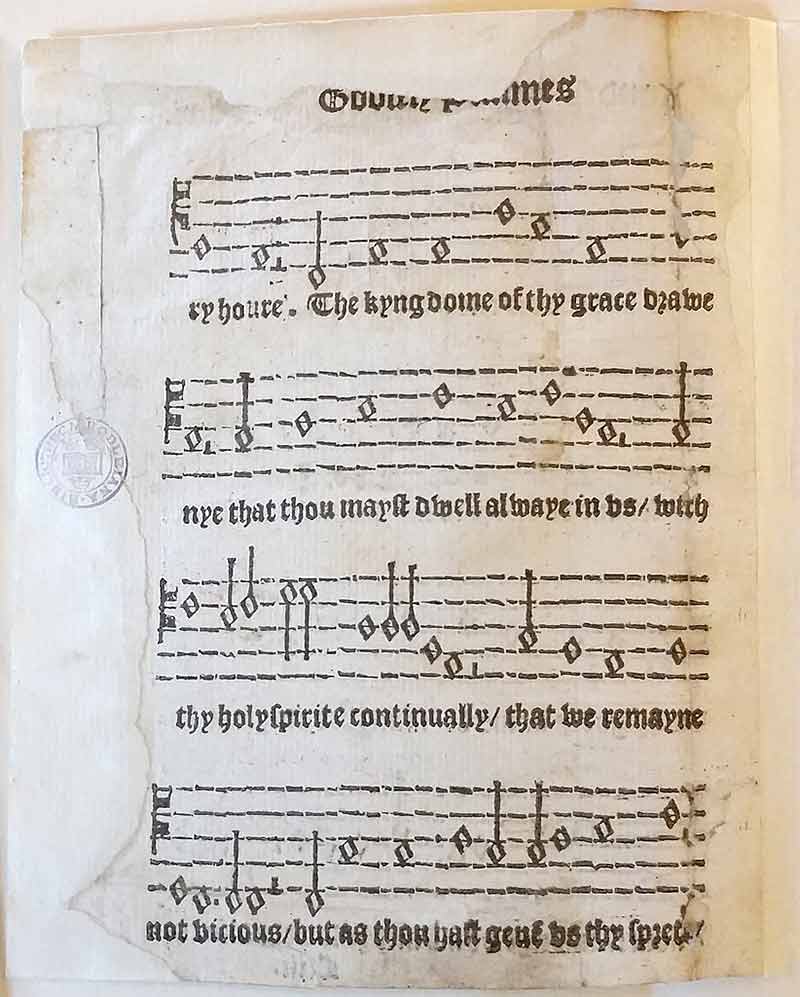
A fragment of Myles Coverdale’s “Goostly Psalmes and Spirituall Songes”
in the Bodleian Library, Oxford, England
There, in the various Protestant bastions of Europe, he immersed himself in translation, collaborating with Reformers and mastering languages, the better to render the Holy Scriptures with clarity and beauty into his native tongue.
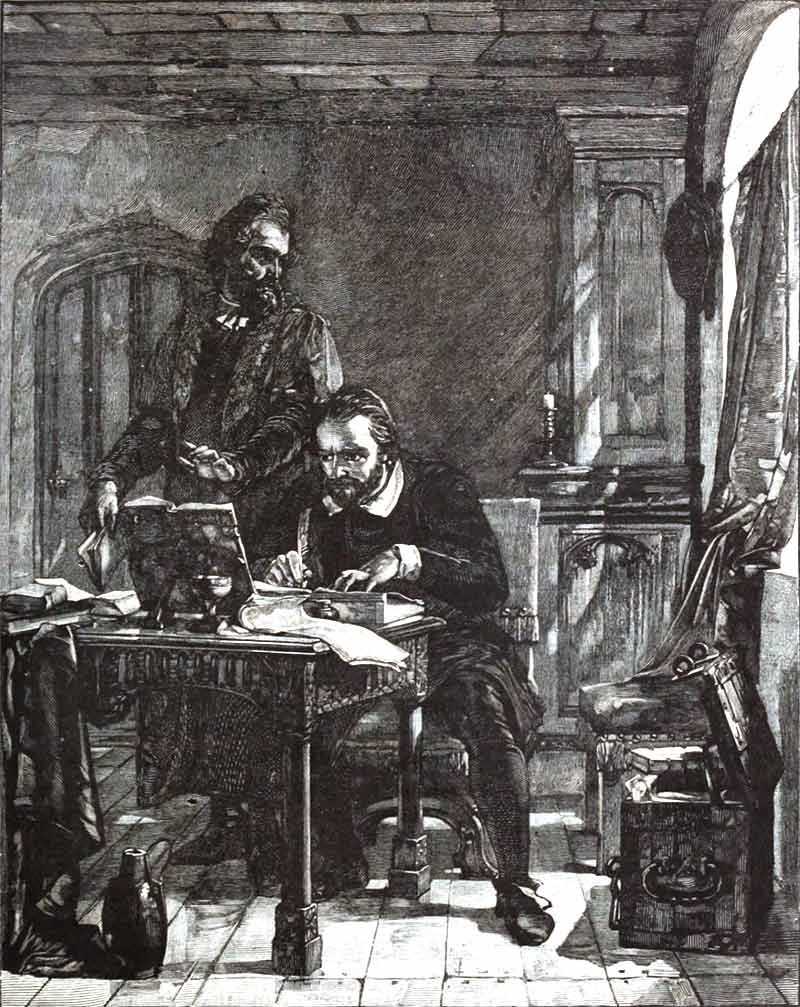
William Tyndale (c. 1494-1536) hard at work translating the Bible
William Tyndale—that great and ever-persecuted Reformer and contemporary hero of Coverdale’s—had meticulously translated the New Testament and the Pentateuch into English, and by doing so had established a grammatical and stylistic foundation for the entire language. But due to his incessant persecutions, the danger of the work which deterred printers, and the harrying of his person from place to place by the king’s men, Tyndale had not completed his dream of translating the entirety of the Old Testament by the time of his martyrdom. This holy ambition was achieved by Myles Coverdale. As historian Dr. David Daniell noted:
“Coverdale’s Bible was no solitary invention; it stood on Tyndale’s and Wycliffe’s shoulders, incorporating their masterful renderings while completing the canon. Yet Coverdale infused it with a poetic grace that made the Psalms sing and the Prophets resound, transforming Scripture into a living voice for English Christians amid the chaos of reform and repression.”
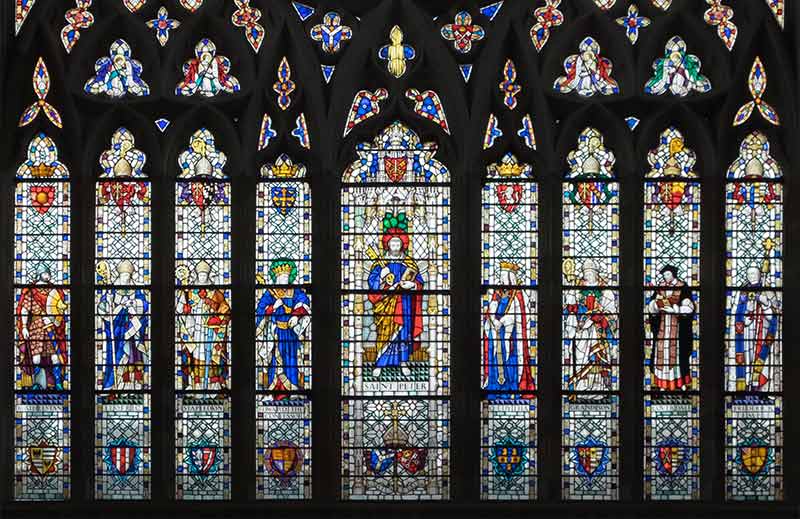
The elaborate stained glass west window of Exeter Cathedral, honoring significant figures of history; Myles Coverdale is featured in panel 8 (second from right)
It was not until the Coverdale Bible’s publication that English readers had a complete Scripture, including the Apocrypha, in their native tongue—a feat that propelled the Reformation forward greatly and was greeted with unbounded enthusiasm by its recipients. Its linguistic advancements were profound, too: Coverdale coined or popularized phrases like “tender mercies,” “lovingkindness,” and “the valley of the shadow of death” (from Psalm 23), forever embedding Biblical imagery into everyday English literature and speech.
In his preface, Coverdale urged readers to embrace Scripture humbly:
“Consider how high an office it is to be the messenger of God unto the people. . . . Let the Scripture be thy book of meditation evermore.”
This call echoed Tyndale’s own, rebuking any system—be it papal or monarchical—that exalted human authority over divine revelation.
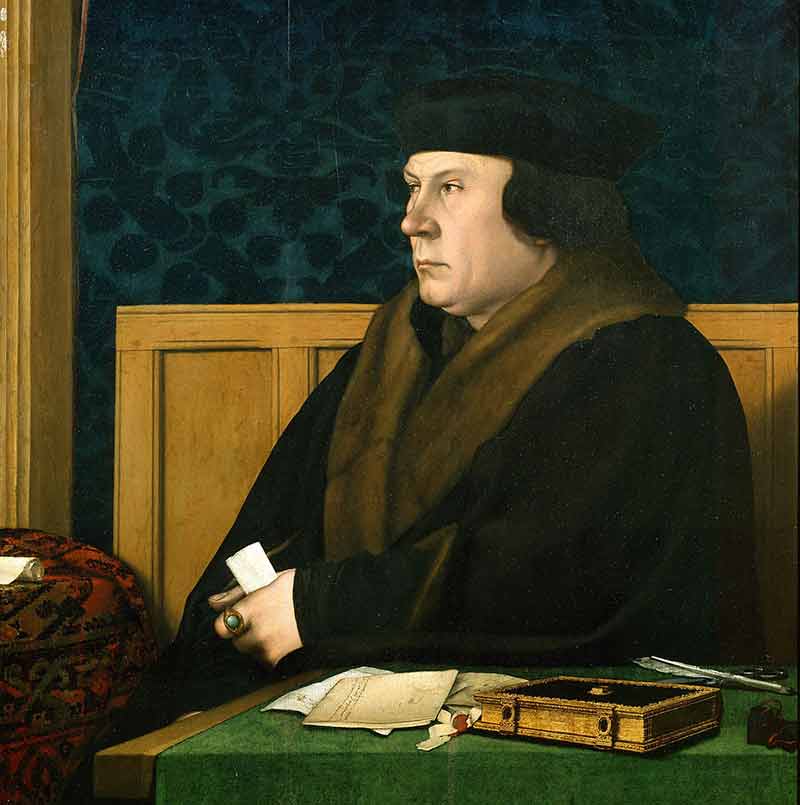
Thomas Cromwell (c. 1485-1540) was an English statesman and lawyer who served as chief minister to King Henry VIII from 1534 to 1540 and was one of the most powerful proponents of the English Reformation
The impact of Coverdale’s Bible was swift: by 1539, King Henry the VIII had done a grand switch of opinion—ever attuned to the direction of popular feeling—and demanded a court-approved version of the Scriptures be published. This version was commissioned by Thomas Cromwell, the king’s chief minister, who sought out Coverdale and brought him back to England to oversee its translation. The use of this “Great Bible”, as it was called, was mandated in every Anglican Church across the land. Coverdale’s original translation would go on to strongly influence that great labor of scholarship that is The King James Version, authorized in 1604.

Exeter Cathedral (completed about 1400) in Exeter, Devon, England
where Coverdale served as Bishop in his latter days
Upon his return to England, Coverdale began serving as Bishop of Exeter and continued his ministry until his death in 1569. His Bible endured through many religious upheavals, including Bloody Mary’s Catholic restoration in which uncountable copies were heaped upon the bonfires of “heresy”.
Today, rare copies reside in museums like the British Library, where his work remains a humble beacon for Christians, affirming that God’s Word, once unleashed, transforms languages, hearts, and nations.
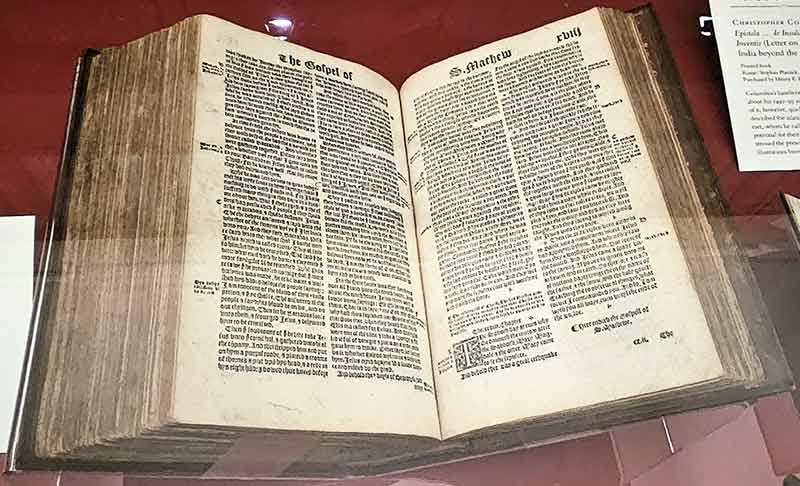
A Tyndale and Coverdale Bible printed in London, 1549—open to the Matthew 18; on display at the Huntington Library, San Marino, California

Image Credits:
1 Myles Coverdale (wikipedia.org)
2 Plaque in York (wikipedia.org)
3 Hymnal (wikipedia.org)
4 William Tyndale (wikipedia.org)
5 Stained Glass Window (wikipedia.org)
6 Thomas Cromwell (wikipedia.org)
7 Exeter Cathedral (wikipedia.org)
8 Tyndale & Coverdale Bible (wikipedia.org)
|







